On 19th of July, 1939, Frank Sinatra and Harry James‘s band had a broadcast, America Dances Program. And we are very grateful to have this 73 year old piece available to us.
The following paragraphs are taken from covers of America Dances disc.
Fine diamonds, vintage wines, classic cars, McKinley buttons. They all fit in the same category. Look under the column entitled “rare”. To a collector of recorded broadcast music, the Harry James band of 1939 would also belong under the heading.
One of the Golden Years in the era of the big bands, 1939 saw the opening of the New York World’s Fair, the start of World War II, and the advent of the James band. Harry, having made his mark with the great Benny Goodman aggregation, set out in January of that year to front his own group, one with a definate emphasis on swing and build quire understandably, around the leader’s horn. With his own band and arrangements tailored to his liking, Harry had more space in which to develop his solos, as opposed to playing jazz trumpet as a sideman and having to condense his ideas into 8 or 16 bar solo spot.
The band had a recording contract with Brunswick and held their first session in February. Out of the thirty five sides released that year, (sixteen on Brunswick and the rest on Columbia, which Harry joined in August) seventeen were instrumentals. Handling the vocals initially was Bernice Byers, who was succeeded by Connie Haines, heard here in this July broadcast. The first male vocalist (not including scat-singing trumpeter Jack Palmer) was a wavy-haired and thin-faced young man named Frank Sinatra. This may have something to do with the fact that these ’39 James are so rare, because this was Frank’s first job with a band.
The first selection here was broadcast from an engagement at New York’s famous Roseland Ballroom. Shorty George, a tune recorded by the Count Basie band the previous year, includes solos by Harry, Claude Lakey on tenor and Jumbo Jack Gardner on piano. It is interesting to note that Lakey, during his long association with the band, played tenor, alto, and used to double as the fourth man in the trumpet section at times.
To You, a hit ballad of the day, was recorded by Tommy Dorsey and Glenn Miller. The James version was not recorded but is sung ably by Sinatra, who exhibits some of the fine qualities which made him one of the most celebrated in popular music in the ensuing years. On his early recordings, the voice quality is thinner due to the higher keys associated with youth, but note Frank’s unique pronunciation and good pitch. The great phrasing had not yet developed but was certainly adequate.
King Porter Stomp is a ave Matthews arrangement recorded earlier in the year and features Harry, Lakey, Gardner, and the afore mentioned Matthews on alto. Just six days before this broadcast, the band had recorded From The Bottom Of My Hear, the first record made by Sinatra, and one which will give you an idea of why that Brunswick recording is one of the rarest in existence. The version heard here features a full chorus solo by Harry which had been cut down to half on the recording so as to fit within the limits of the old 78’s. The spot of tenor is by Lakey.
Beer Barrel Polka is presented first as a straight-laced version, which moves into a bright swing following a drum break into the second chorus, and ends after a cut to half-time, all of which must have confused the dancers in the ballroom back in those days when they had a name for every step you did on the floor! Solos are by James, Lakey and Matthews.
Connie Haines sings the obscure White Sails, and does so in that cute “Litthe Girl” voice later heard with the Tommy Dorsey band.
In the penultimate item, the band gives the Lunceford opus Well Alright a typical 1939 treatment with the band singing and clapping behind Jack Palmer’s scat vocal. Lakey’s tenor is followed by a rousing James solo and later by a last chorus ensemble borrowed from King Porter.
The Two O’clock Jump, which became the tune most associated with James through the years, is the blues in F and Db. Originally done by the Count Basie band as the One O’Clock Jump, Harry added cascading triplets in the last chorus and moved the clock ahead an hour. This is the full arrangement, and includes whole sections out of the recording the band had made earlier in the year. Harry still carries the tune in the book and has recorded it many times, each time with some variations or additions.
Side 2 presents the band in 1940. Sinatra had already left to join Tommy Dorsey after the band’s engagement at Victor Hugo’s in Los Angeles at the end of 1939, and the singer following Frank was Fran Heines out of Canada. One day another young man made an appointment to sing some of his songs for Harry. James told the lad hi didn’t like the songs but he’d certainly like him to join the band as a singer. His name, Dick Haymes, soon to be recognized as the possessor of one of the fines voices ever. Dick replaced Heines and stayed with the band until late 1941, when he left to join Tommy Dorsey, ironically enough again to replace Frank Sinatra!
Harry had a new recording contract with U.S. Recording Co. which produced records on the Varsity label. The quality was poor and, as a result of 1940 band was never heard at its best on records. Although the selections heard on this broadcast are not representative of the great library of swinging instrumentals the band had acquired (Don Redman was contributing scores at the time), it does feature some of the tunes the band recorded.
Maybe, a Jack Matthias arrangement, features Dick Haymes with a voice matured well beyond his years. Very impressive is the resonance Dick always managed to achieve in the low register.
Concerto For Trumpet features Harry as the virtuoso that he is, playing the famous original composition which had been recorded in Los Angeles only the previous autumn. James did this often in the early years – mixing the technical with the classics, the ballads and the swing
Dick returns to sing “Too Romantic” a ballad featured that year in the movie The Road to Singapore, one of the early Hope-Crosby classics. The tenor sax solo in the first chorus is by Vido Musso, who joined the band earlier in the year. Vido had played in the Goodman band with Harry a few years before.
The side closes with Feet Draggin’ Blues another James original recorded a year earlier and which was among Harry’s most popular arrangements. This too remained in the book a long time afterward.
The 1939-40 James band years are said by many to be the best and swinginist. In any case, these rare early boradcast are a welcomed addition to any Collection.
Bob Friedlander
Mr. Bob Friedlander is a professional arranger, composer, and conductor, and has arranged for such big bands as Harry James, Sam Donahue, Richard Maltby, Ralph Flanagan, Johnny Long. He provided music for Grace Kelly’s wedding in Monaco, and Mike Todd’s birthday party for Elizabeth Taylor. He was assistant arranger to George Williams on the Jackie Gleason show. Born in Balwin N.Y., Bob was a first hand spectator of the James band in the early 40’s.
Special thanks to Kate Peart, Peter Johnston, and Dan Mather for aid in the production of this album.
The part above is from the back of America Dances Program.
The first part of the America Dances disc, as mentioned, is from 19th July 1939. The other side of the America Dances disc is from 1940, with Dick Haymes as vocal instead of Frank Sinatra, as Sinatra had left Harry James’s band to join Tommy Dorsey and his orchestra.
2 songs of the America Dances Program includes Frank Sinatra, which are “To You” and “From The Bottom Of My Heart”. The other songs either has Dick Haymes, or no vocals, just orchestra. As known, most of the songs in the big band era are instrumental only, or they give very small part to vocal.
To You is a kind of song that makes you say. “Why don’t we have more songs of early Sinatra?” . The quality is quite nice despite it was recorded 73 years ago from a broadcast, and is very enjoyable. The phrasing is just as expected, and I especially love “I’ll be forever yours” and “Your smile made the clouds and the shadows on high take wings” parts, very lovely. Due to the quality, the band parts are better listened with low sound.
From The Bottom Of My Heart is the second and last song song that Sinatra sings in this album. I find every line very well phrased and the orchestration is wonderful. When listening, you can realize how wonderful the “If You’d Say I Love You” line is sang. Just to hear this line, I can listen to this recording again and again.
America Dances Program of Frank Sinatra with Harry James Orchestra is surely a must for all Sinatra fans who love his early years, as it has a historical value. Early recordings are hard to come by as Sinatra was not very popular those times, most of them are lost. With these recordings, we can understand Frank Sinatra better, and see how his voice changed and improved in time.

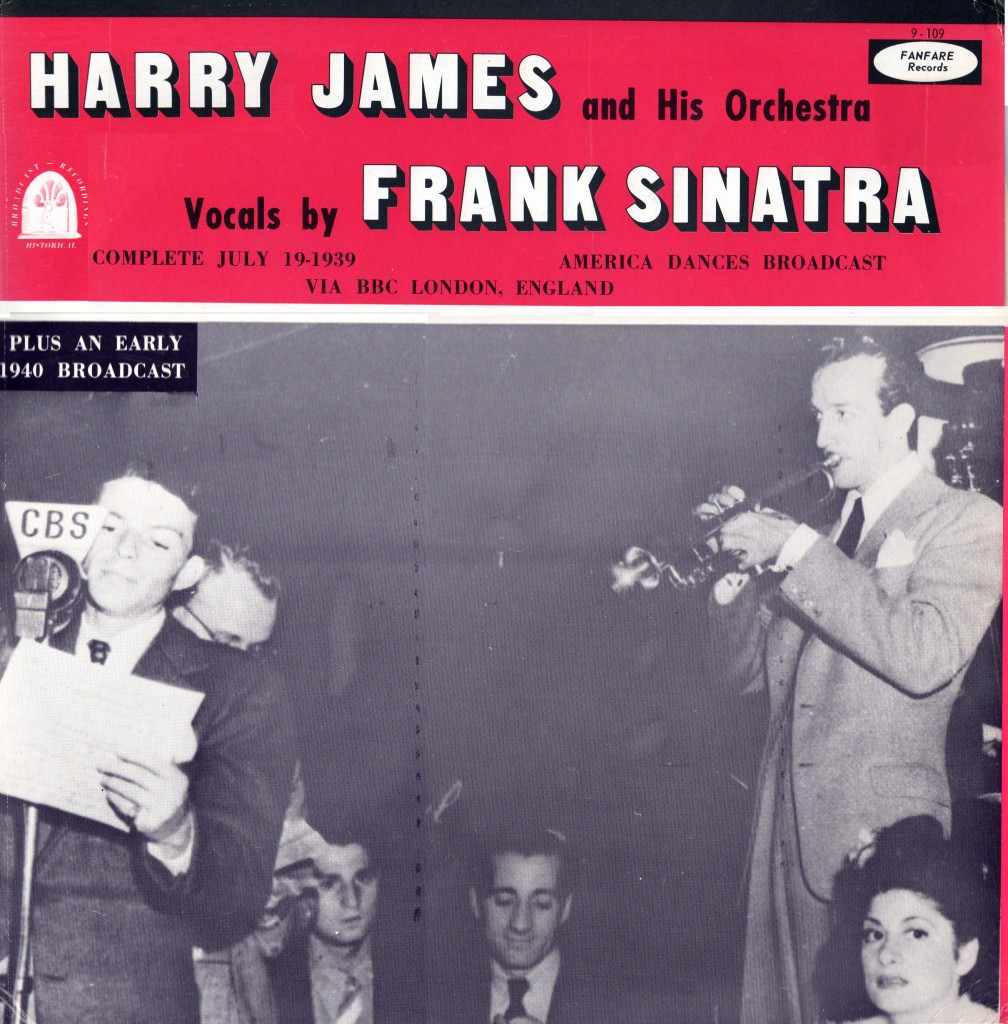


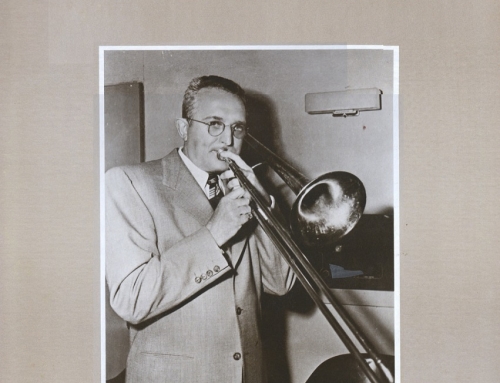
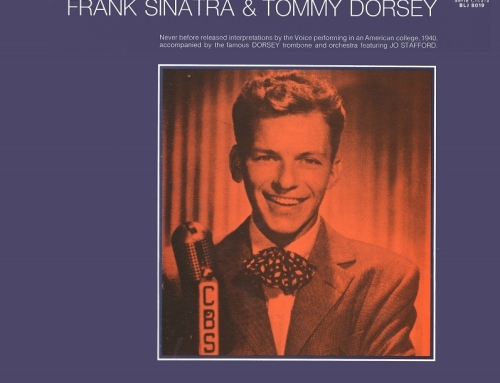
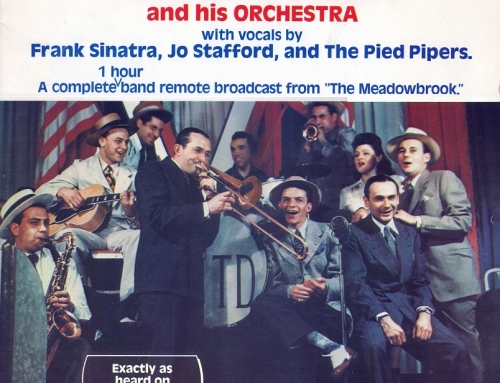
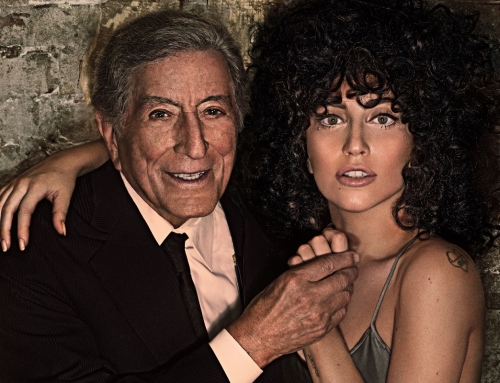
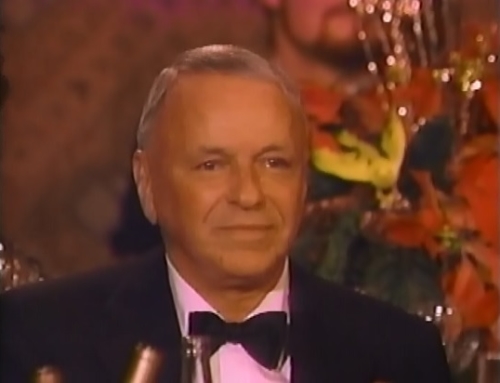
Why is there little, if any, mention of “Polka Dots and Moonbeams”? Never played on Seroiusly Sinatra, never mentioned in the Sinatra Centennial celebration. What’s the story?